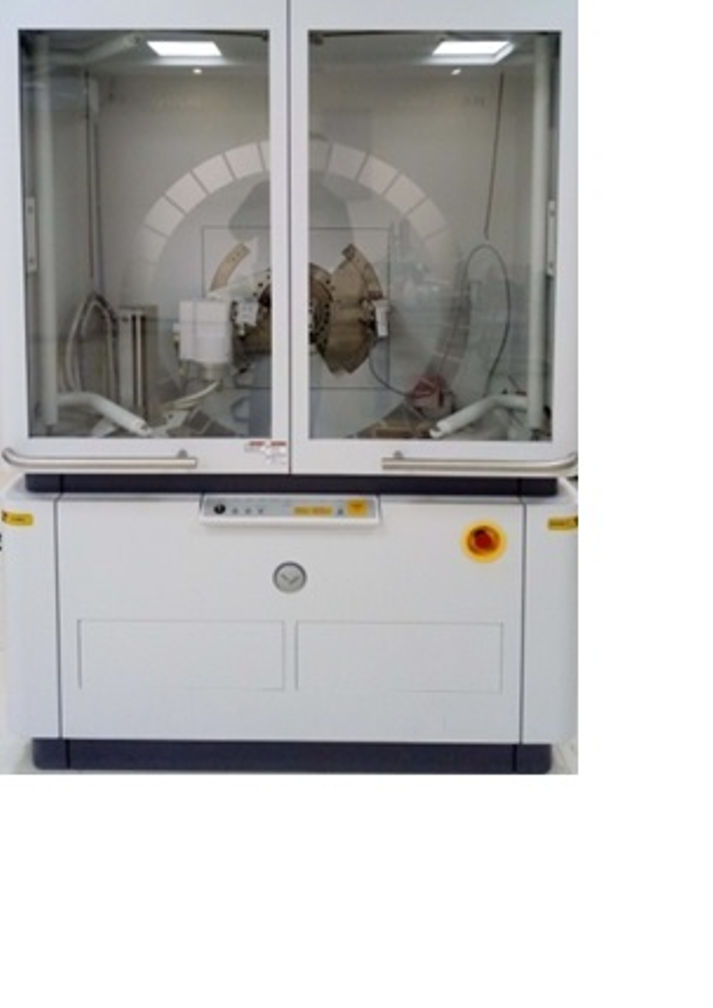The PANalytical Empyrean X-ray Diffractometer (XRD) offers extensive research potential across a variety of scientific and engineering disciplines. Its advanced capabilities and versatility make it a valuable tool for detailed structural analysis of materials. Here are some key areas where the Empyrean XRD can significantly impact research:
Materials Science
- Phase Identification and Quantification: Determine the phases present in a sample and their quantities, which is crucial for understanding material properties and behavior.
- Crystallographic Studies: Analyze crystal structure, lattice parameters, and crystallite size and strain of materials.
- Thin-Film Analysis: Characterize thin films and coatings, including thickness, density, roughness, and crystal orientation.
Chemistry and Pharmaceuticals
- Polymorphism Studies: Investigate different polymorphic forms of pharmaceutical compounds to understand their stability, solubility, and bioavailability.
- Catalysis Research: Analyze the crystalline structure of catalysts and their active phases to optimize their performance.
- Chemical Reactions: Monitor in-situ chemical reactions to study phase transitions and reaction kinetics.
Physics
- Nanomaterials: Study the crystallographic properties of nanoparticles and nanostructured materials to understand their unique physical properties.
- Superconductors and Magnetic Materials: Characterize materials with special electronic and magnetic properties for advanced applications.
- Phase Transitions: Investigate phase transitions in materials under varying temperature and pressure conditions.
Geosciences
- Mineralogy: Identify and quantify minerals in geological samples, aiding in the study of rock formation and geological processes.
- Petrology: Study the texture and composition of rocks to gain insights into geological processes such as magma crystallization and metamorphism.
- Paleontology: Examine the microstructure and composition of fossils to understand ancient life forms and environmental conditions.
Environmental Science
- Pollution Studies: Analyze particulate matter and other environmental samples to identify sources of pollution and assess their impact on the environment.
- Soil and Sediment Analysis: Investigate the composition and structure of soils and sediments to understand their properties and interactions with contaminants.
- Biogeochemistry: Study the distribution and cycling of elements in the environment to understand biogeochemical processes and their effects on ecosystems.
Life Sciences and Biomaterials
- Biological Samples: Analyze the crystalline structure of biological minerals, such as bone, teeth, and shells.
- Biomaterials: Characterize materials used in biomedical applications, such as implants and scaffolds, to improve their performance and biocompatibility.
- Drug Delivery Systems: Study the crystallographic properties of drug delivery systems to optimize their design and effectiveness.
Industrial Applications
- Quality Control: Ensure the quality of materials and products in industries such as aerospace, automotive, and pharmaceuticals by analyzing their composition and structure.
- Failure Analysis: Investigate the causes of failure in industrial components and systems to improve their design and prevent future failures.
- Process Optimization: Monitor and optimize manufacturing processes by analyzing the materials and products at various stages of production.
Advancements in Analytical Techniques
- Method Development: Develop new analytical methods and techniques using the advanced capabilities of the Empyrean XRD to push the boundaries of material analysis.
- Interdisciplinary Research: Combine imaging and analytical techniques to address complex research questions across multiple disciplines, such as combining materials science with biology or environmental science.
Emerging Fields
- Energy Materials: Study materials for renewable energy applications, such as solar cells, batteries, and fuel cells, to improve their efficiency and performance.
- Quantum Materials: Investigate materials with unique quantum properties for potential applications in quantum computing and communication.
- Additive Manufacturing: Analyze the microstructure and properties of materials produced by 3D printing to optimize their performance.
The PANalytical Empyrean XRD’s combination of high resolution, versatility, and advanced analytical capabilities makes it an invaluable tool for researchers across a wide range of fields, enabling groundbreaking discoveries and advancements in science and technology.

